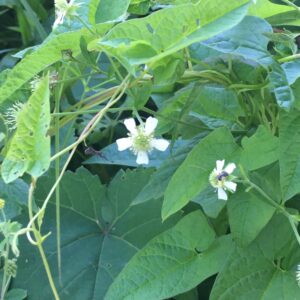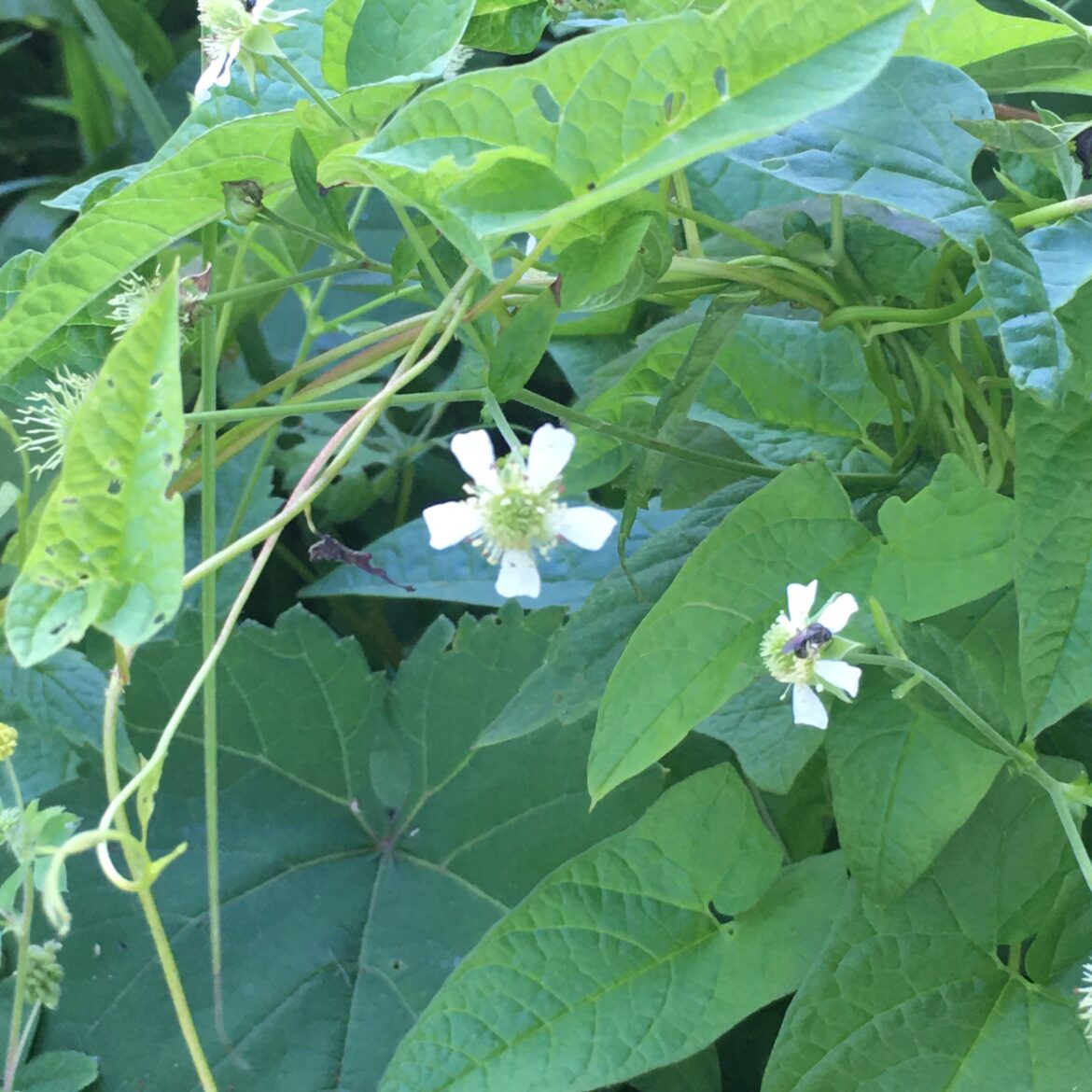 June 29th
June 29th
The 180th Day of the Year
Below Arcturus lies the Virgin,
Corn with tassels shining in her hand.
Aratos
(The verse by Aratos quoted above places the farm year within the context of the heavens. The Boötes star group (including the great star, Arcturus) is directly overhead after dark this week, and below that constellation lies Virgo (the Virgin) in the southwest – both constellations announcing the tasseling of the corn in temperate regions in typical years.)
Sunrise/set: 5:09/8:08
Day’s Length: 14 hours 59 minutes
Average High/Low: 84/63
Average Temperature: 74
Record High: 100 – 1934
Record Low: 49 – 1905
Weather
The likelihood of precipitation is 35 percent, and clouds completely obscure the sky 25 percent of the days. The chance of a high in the 90s is 25 percent, of 80s fifty percent, of 70s twenty to 25 percent. This is one of only two Middle-Summer days when a cold afternoon in the 60s is possible (July 13th is the other).
Natural Calendar
Wheat Harvest Season introduces the beginning of Deep Summer, the time when Orange Butterfly Weed Season begins, and Sycamore Bark Falling Season points to aphelion and the center of the year. Thistle Down Season is another sure sign of Deep Summer. Leafhopper Season and Japanese Beetle Season reach economic levels on the farm and in the garden at this time. Cattail Flowering Season is visible from the roadways, as is Staghorn Season on the staghorn sumacs. The opening of Turtle Hatching Season presages the Dog Days of July, while Woolly Bear Caterpillar Season looks ahead to autumn. Thimbleweed Setting Thimbles Season, Wood Mint Season, Lopseed Season and Leafcup Season replace Clustered Snakeroot Season in the shade.
Daybook
1982: First chigger bites from walk in the woods. Common sow thistle blooming in the garden.
1983: South Glen, evening: Early leafcup, wood nettle first blooms, first touch-me-nots. Parsnips are going to seed, wild onions, angelica, too. Tall meadow rue, violet bush clover, water willow, elderberry, panicled dogwood are in full bloom. Osage fruits are an inch in diameter.
1987: First field cicadas heard in the yard.
1988: Belize: The abundance of new plants to watch: I think about micro habitats, like archeological squares for excavations, artificial limitations, roping off of climate and landscape, each day or plot or field an extensive case study.
1990: Sundrops almost gone, foxgloves gone. Peak lily time. Milkweed and butterfly weed beginning. Red and violet monardas throughout town, and Shasta daisies. Veronica late, astible late full. First leek seed heads breaking apart. Grackles are still loud in the mulberries, yucca still open.
1991: Teasel early full bloom south toward Kettering. First local sweet corn at the farmer’s market. First field corn is tasseling in the fields around Yellow Springs.
1997: One yellow Asiatic lily bloomed today. (The progression has been orange, yellow, pink, and red-orange.) First purple loosestrife today. Almost no yuccas in bloom yet – the latest they’ve ever been. Tall cressleaf groundsel suddenly gone from the roadsides and fields.
2000: Central Washington State: Milkweed full bloom, wheat pale brown, potatoes lush and two-feet tall. Haying everywhere, field corn knee high, full potentilla. Great mullein open, trefoil, yellow sweet clover. At the gardens in Spokane, a wonderful variety of summer flowers in early full bloom, while the last of the spring poppies, iris and Dutch iris were losing their petals, and a small-flowered mock orange and a privet still blossomed.
2001: Cardinal sings 4:18 a.m.
2002: From southeastern Oregon to Portland: Catalpas and yucca in full bloom, full poison hemlock at Pendleton (about 3,500 feet above sea level), placing the area about ten days behind Yellow Springs. Rugosa roses, white yarrow, tall cinquefoil, salsify, thin-leafed St. John’s wort, purple loosestrife open.
2004: At 9:30 this morning, I followed a hummingbird with pale green markings through the red monarda to the first rose of Sharon along the south border. In the stump garden, the violet daylily opened overnight. Mid–season hostas are coming in throughout the yard.
2007: More rain. The lawn is saturated now, squishes when I walk across to the garden. This morning at about ten o’clock – the crows were back, more whining and talking between parent and fledglings. Still very few Japanese beetles around. None at all found yesterday. The ramps are in full flower under the mock orange bush.
2008: Crows call briefly before dawn, the red-bellied woodpecker after dawn. Ramps budded. Philippe, the frog, croaks steadily morning and evening. I watch the fingerlings in the pond, some so small they are like tiny elongated specks of light moving in the morning water. How many hundreds or thousands are there? How many will be eaten even in this seemingly benign, suburban water garden? Philippe swims back and forth – is he hunting the newborns? In the garden tour this afternoon, few new plants seen. Plume poppy identified in bloom at several locations. Buckeye fruits at John Blakelock’s garden are prickly and about half size.
2009: Full blooming milkweed seen in Beavercreek. Canadian thistles still full along Dayton-Yellow Springs Road. Yucca fading in our garden, still quite strong in Mrs. Timberlake’s. No Japanese beetles – probably because of the lawn treatment this spring. Black raspberries holding, but aging. Robin peeping (instead of singsong) increasing. When I worked outside near sundown, I walked into a flurry of robins peeping by the shed.
2010: The second monarch butterfly seen while we were driving back home from Xenia.
2011: Cardinals, crows, sparrows, grackles, red-bellied woodpecker calling this morning. Sparrows especially raucous, grackles loud whenever I walked into their fledglings’ territory in the alley. One red admiral, one brown seen in the garden. On my walk around 8:30 this evening, field crickets were singing, but there was little birdsong.
2012: Astilbe more than half brown. Forty different lilies in bloom this morning in the garden. A cowbird fledgling awkward, stumbling toward the bushes as I approached. Heat wave continues. Crows came by at 8:00 a.m.
2013: Grackles, blue jays, doves, robins, cardinals, red-bellied woodpecker, house sparrows all talking at 5:30 this morning. Now ten lilies are blooming, momentum there just as the Stella d’oros decline quickly. One Shasta daisy has opened in the yard, and I have seen others in town. The red bee balm early full bloom. In the neighborhood, Peggy’s gray-headed coneflowers started to flower today. I saw green berries on a holly shrub, berries growing quickly on the euonymus, the time for berries certainly deepening near the Catholic church. Heavy rain and storms late in the afternoon.
2014: Serviceberries continue to fall to the sidewalk, about a fourth left.
2016: Forty-one lily plants today, the ditch lilies down to just a handful.
2017: Seventeen ditch lily blossoms, sixty-seven different day lily blossoms today. The butterflies: one azure and a few cabbage whites. Bees were plentiful in the monarda, honeybees, small bumble bees, a few carpenter bees. The mid-season hostas with purple blossoms have started to open now, opening a new phase of the year, full Deep Summer. Fireflies plentiful in the warm night, but no crickets heard around 9:00 p.m.
2018: Twenty-nine ditch lily blossoms, forty-seven day lilies and the first zinnia fully open. A great spangled fritillary flew excitedly throughout the garden, and a red admiral once again visited the hummingbird feeder. First cicada heard. Crows loud the past few days, and blue jay bell calls: the fledglings are out.
2019: Seven standard day lilies blooming this morning, the most ever. Fifty-two ditch lilies are open, two tall tree lilies, no Stella d’oros, one Turk’s cap. Blue jays calling. Yucca flowers in the village are still prominent, but declining.
2020: Keuka Lake, New York: Catalpa trees shedding, long seed pods formed.
One’s own landscape comes, in time, to be a sort of outlying part of himself; he has sowed himself broadcast upon it, and it reflects his own moods and feelings…. How has the farmer planted himself in the fields; builded himself into his stone walls, and evoked the sympathy of the hills by his struggle!
John Burroughs


